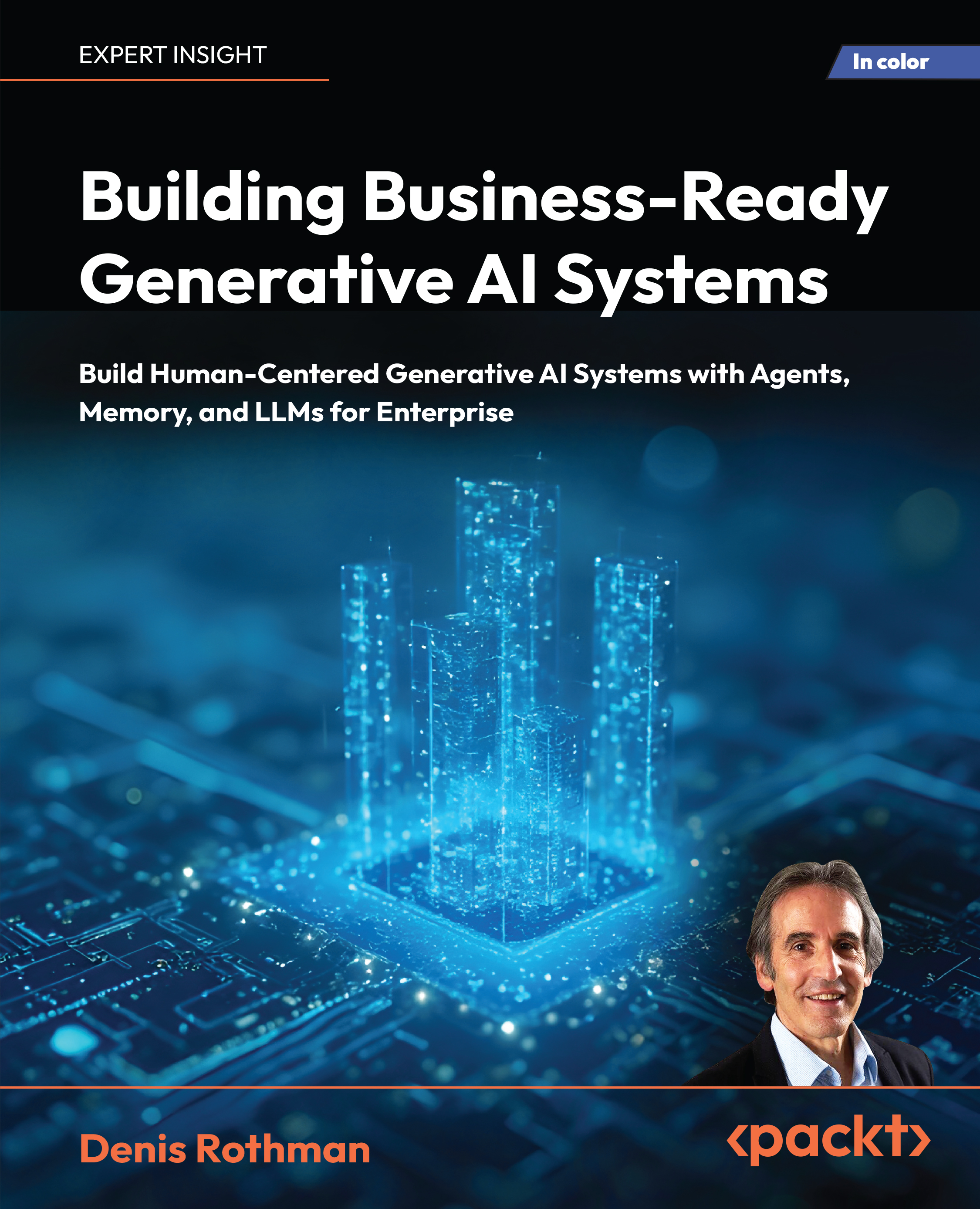A new quantum computing language, a self-learning chip called Loihi, and more in today's data science news.
Considered the next wave of computing revolution, Quantum Computing became one step closer to reality. On day 1 of the ongoing Ignite conference, Microsoft CEO Satya Nadella announced the launch of a programming language toolkit for quantum computing. The programming language will be "deeply integrated into Visual Studio," the tech giant said. The system includes a number of tutorials and libraries to help developers experiment with this new paradigm.The programming language itself has elements of C#, Python, and F# along with new features specific to quantum computing. While developers can use this language on classical computers to try their hand at developing quantum apps, in future, they will be writing programs that actually run on topological quantum computers, Microsoft added.
[box type="info" align="alignleft" class="" width=""]Fun Fact: Qubit, the binary bit equivalent for quantum computers, is basically a very small particle that exists in a state of uncertainty (1 and 0) until it exists in a state of certainty (1 or 0).[/box]
DEEP LEARNING IN NEWS
In what could redefine artificial intelligence, Intel Labs has developed a self-learning neuromorphic chip codenamed “Loihi”. It imitates how the human brain operates based on the different types of feedback it receives from its environment. This energy-efficient chip has been developed adopting a first-of-its-kind approach to computing with asynchronous spiking, and it does not require traditional training to learn and make inferences. Just like the brain, Loihi uses the data to understand and then make its inference. What’s more, it also gets smarter over time based on the inferences, Intel said.
[box type="info" align="alignleft" class="" width=""]Fun Fact: Loihi (meaning ‘long’ or ‘tall’ in Hawaiian) is an active submarine volcano in the Hawaiian chain.[/box]
NVIDIA developers can now avail TensorRT 3 release candidate. Claimed to be 40x faster than CPUs at one-tenth of the cost, TensorRT 3 comes with easy to use Python API with improved performance, the company said on its official website. It can deploy TensorFlow models 18 times faster than the TensorFlow framework inference on Tesla V100.
Unlock access to the largest independent learning library in Tech for FREE!
Get unlimited access to 7500+ expert-authored eBooks and video courses covering every tech area you can think of.
Renews at $19.99/month. Cancel anytime
DATABASES IN NEWS
On day 1 of the ongoing Ignite conference, tech giant Microsoft announced the general availability of SQL Server 2017 which will run on both windows as well as Linux platforms. This is seems by many as a significant move by Microsoft towards open source. “SQL Server on Linux is an engineering feat,” Microsoft Principal Program Manager Travis Wright said, "The database engine binaries you install on Windows and Linux are literally the same exact files down to the byte. I can attest that even features like Active Directory authentication, backup, and restore all work just the same as on Windows.” The news comes only a year after Microsoft released SQL Server 2016, and the price and licensing model stay exactly the same.
SQL Server 2017 will have several enhanced features such as automatic tuning and the much-needed graph databases. There is also an added support for Python programming language which is great news for data science professionals.
MySQL, the popular open-source RDBMS, may get a makeover. Oracle, which gained MySQL platform after acquiring Sun Microsystems in 2010, has been stressing on a “mobile-first” approach for modern applications. The new release candidate for MySQL 8.0 which has features like improved JSON support and Unicode 9.0 support among others has been built keeping in mind the requirements for most modern apps. Developers can test the MySQL 8.0 RC1 after downloading the source code from GitHub.
 United States
United States
 Great Britain
Great Britain
 India
India
 Germany
Germany
 France
France
 Canada
Canada
 Russia
Russia
 Spain
Spain
 Brazil
Brazil
 Australia
Australia
 Singapore
Singapore
 Canary Islands
Canary Islands
 Hungary
Hungary
 Ukraine
Ukraine
 Luxembourg
Luxembourg
 Estonia
Estonia
 Lithuania
Lithuania
 South Korea
South Korea
 Turkey
Turkey
 Switzerland
Switzerland
 Colombia
Colombia
 Taiwan
Taiwan
 Chile
Chile
 Norway
Norway
 Ecuador
Ecuador
 Indonesia
Indonesia
 New Zealand
New Zealand
 Cyprus
Cyprus
 Denmark
Denmark
 Finland
Finland
 Poland
Poland
 Malta
Malta
 Czechia
Czechia
 Austria
Austria
 Sweden
Sweden
 Italy
Italy
 Egypt
Egypt
 Belgium
Belgium
 Portugal
Portugal
 Slovenia
Slovenia
 Ireland
Ireland
 Romania
Romania
 Greece
Greece
 Argentina
Argentina
 Netherlands
Netherlands
 Bulgaria
Bulgaria
 Latvia
Latvia
 South Africa
South Africa
 Malaysia
Malaysia
 Japan
Japan
 Slovakia
Slovakia
 Philippines
Philippines
 Mexico
Mexico
 Thailand
Thailand














